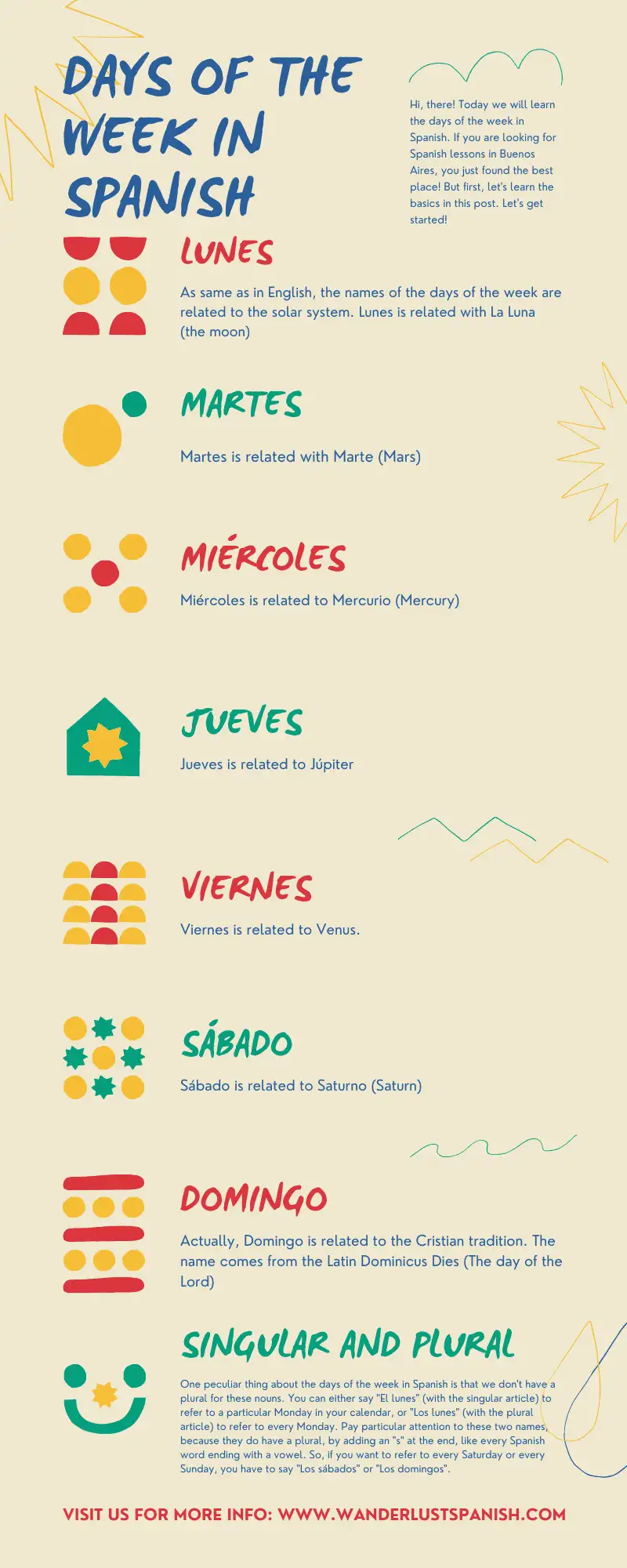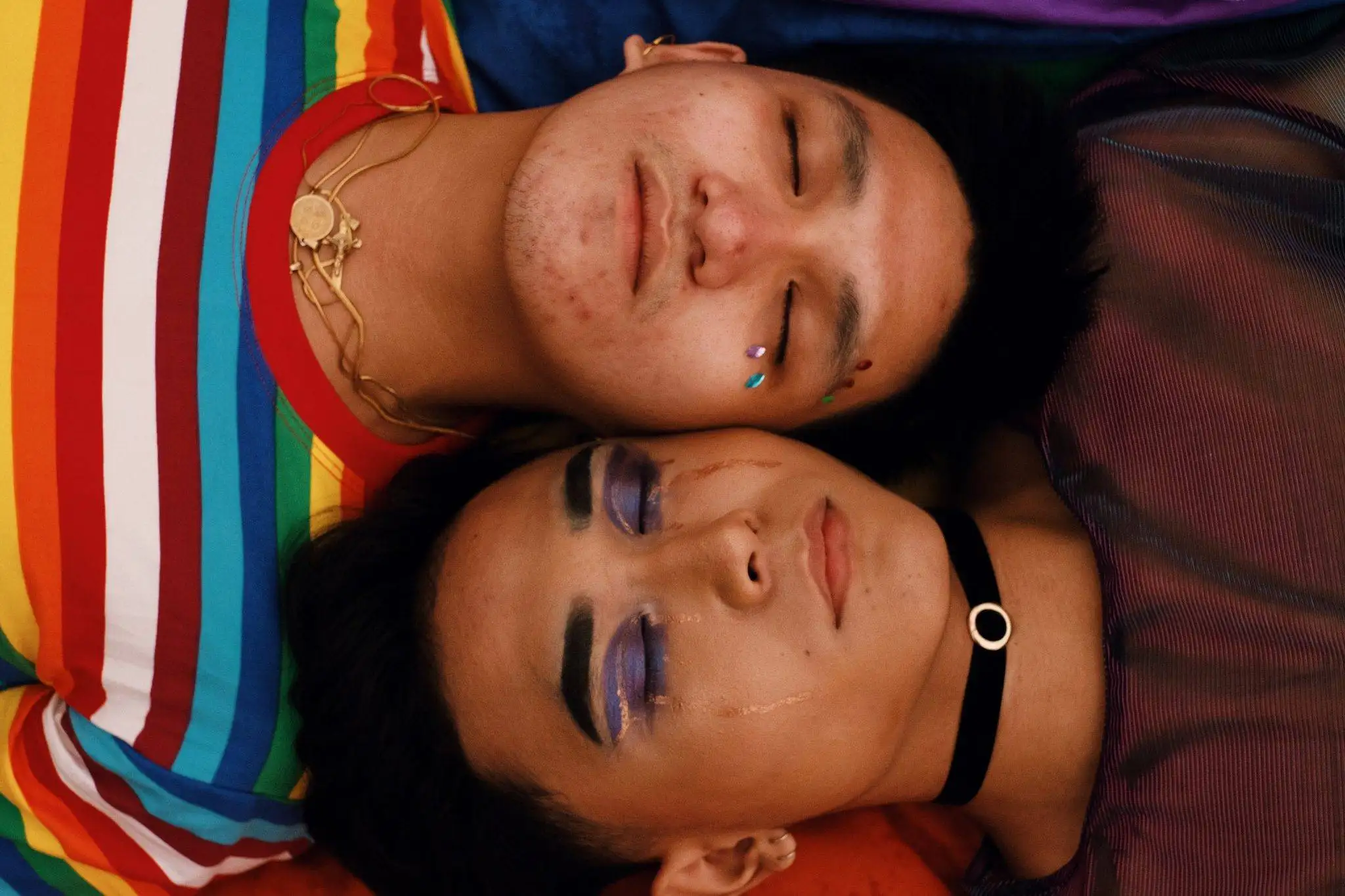Buenos Aires is known as the birthplace of tango, a passionate and seductive dance that has become a symbol of Argentine culture. For those who want to fully immerse themselves in the tango scene, taking lessons at a tango school in Buenos Aires is a must. In this article, we’ll explore the best tango schools in Buenos Aires, the history of tango, and why it’s so important to the city’s identity.

The History of Tango:
Contents
Tango is a dance form that originated in Buenos Aires, Argentina, in the late 19th century. It is a combination of various music styles such as African, European, and indigenous rhythms. Tango has been an integral part of Argentine culture and has spread worldwide as one of the most popular dance forms.
The history of tango can be traced back to the immigrant neighborhoods of Buenos Aires, specifically the port district of La Boca. The city was experiencing a rapid influx of immigrants from various parts of Europe, Africa, and Asia. The immigrant communities brought with them their music, dance, and culture, which resulted in a blend of different styles and genres.
Initially, tango was considered a dance form for the lower classes of society. It was often performed in the street corners, brothels, and bars of Buenos Aires. However, as the dance form grew in popularity, it slowly started to gain acceptance among the middle and upper classes.
The first tango song, “El entrerriano,” was composed in 1897 by Argentine musician Rosendo Mendizábal. The song became an instant hit and helped establish tango as a recognized music genre.
In the early 20th century, tango began to spread beyond Argentina’s borders, reaching other parts of South America and Europe. Tango gained immense popularity in Paris in the 1920s, and the dance form became synonymous with French culture.
Tango also became a symbol of Argentine nationalism and identity. It played a significant role in the country’s struggle for independence and the fight against colonialism. Tango was used as a form of cultural resistance against the oppressive military regimes that ruled Argentina in the 20th century.
Today, tango continues to be an essential part of Argentine culture and a popular dance form worldwide. The city of Buenos Aires is known as the world capital of tango, and tourists flock to the city to experience its vibrant music and dance scene. Tango festivals, competitions, and performances are held throughout the year, attracting tango enthusiasts from all over the world.
In conclusion, the history of tango in Argentina is a story of cultural exchange and diversity. The dance form’s origins can be traced back to the immigrant neighborhoods of Buenos Aires, where it evolved into a unique and distinct style. Tango’s popularity spread beyond Argentina’s borders, and it became a symbol of Argentine identity and nationalism. Today, tango remains an essential part of Argentine culture and a testament to the country’s rich and diverse history.
The Importance of Tango in Buenos Aires:
Tango is more than just a dance in Buenos Aires; it’s a way of life. It’s played in restaurants, clubs, and on street corners, and it’s celebrated in festivals and competitions throughout the year. Tango has become a symbol of the city’s identity, representing its diversity, passion, and creativity.Tango is not just a dance in Buenos Aires – it’s a way of life. Born in the late 19th century in the working-class neighborhoods of Buenos Aires, tango has since become the cultural heartbeat of the city. With its origins in the music and dance of immigrants from Italy, Spain, and Africa, tango is a melting pot of different cultures and traditions. Today, tango is an integral part of the city’s identity, and there are few better ways to experience the Argentinean way of life than by learning to dance the tango. Whether you’re a local or a traveler passing through, tango has something to offer everyone.
The Best Tango Schools in Buenos Aires: If you’re looking to learn tango, there are plenty of options in Buenos Aires. Here are some of the best tango schools in the city:
- La Viruta: La Viruta is one of the most popular tango schools in Buenos Aires, offering classes for all levels and styles of tango. They have a lively and welcoming atmosphere, with nightly milongas (social dance events) that attract dancers from all over the world.
- Escuela Argentina de Tango: This tango school is located in the historic San Telmo neighborhood and offers a range of classes for all levels, as well as private lessons and workshops. They also have a cultural center where students can learn about the history and evolution of tango.
Lunfardo: The Secret Language of Tango
Lunfardo is a dialect that originated in Buenos Aires during the late 19th century. It was mainly used by the underclass, including criminals and tango dancers, to communicate without being understood by authorities. As tango became popular, Lunfardo was also adopted by the middle class and eventually became an essential part of Argentine culture.
Many of the terms in Lunfardo have their roots in Italian, Spanish, and indigenous languages. Some of the most common words used in tango include:
- Milonga: This term refers to both a style of tango music and dance and the place where it is performed.
- Lunfardo: The word Lunfardo itself means “rogue” or “street-wise” and is often used to describe the dialect itself.
- Canyengue: This is a type of tango dance that is characterized by a more fluid, relaxed style than the traditional ballroom tango.
- Botón: This term originally meant “button” but is now used to refer to a police officer.
- Gardel: Carlos Gardel is considered the most famous tango singer in history and is often referred to as the “King of Tango.”
- Laburar: This is a Lunfardo term that means “to work.”
- Tano: This is a slang term used to refer to Italians, who were some of the earliest immigrants to Argentina and played a significant role in the development of tango.
- Morfar: This term means “to eat” and is derived from the Italian word “mangiare.”
- Tango: The word “tango” itself has disputed origins, but many believe it comes from the African Bantu language, where it means “to dance.”
- Candombe: This is a style of music and dance that originated in African slave communities and played a significant role in the development of tango.
Today, Lunfardo continues to be an essential part of Argentine culture, and many of its words and expressions have been adopted into the Spanish language worldwide.
Understanding Tango Terminology: Learning tango comes with a new vocabulary. To help you understand some of the most important terms, we’ve put together this table:
| Term | Definition |
|---|---|
| Milonga | A social dance event where tango is danced |
| Tango Salon | The most common style of tango, danced in close embrace |
| Tango Nuevo | A more modern style of tango with more open movements |
| Cabeceo | A nonverbal way of asking someone to dance |
| Abrazo | The embrace between the dancers |
| Ocho | A figure in tango where one partner pivots around the other |
It’s important to find a tango school that fits your learning style and level. Whether you’re a beginner or an experienced dancer, it’s important to find a school with experienced and passionate teachers who can help you reach your goals. Wanderlust Tango School offers personalized instruction and a wide variety of classes to help you develop your tango skills and style.








